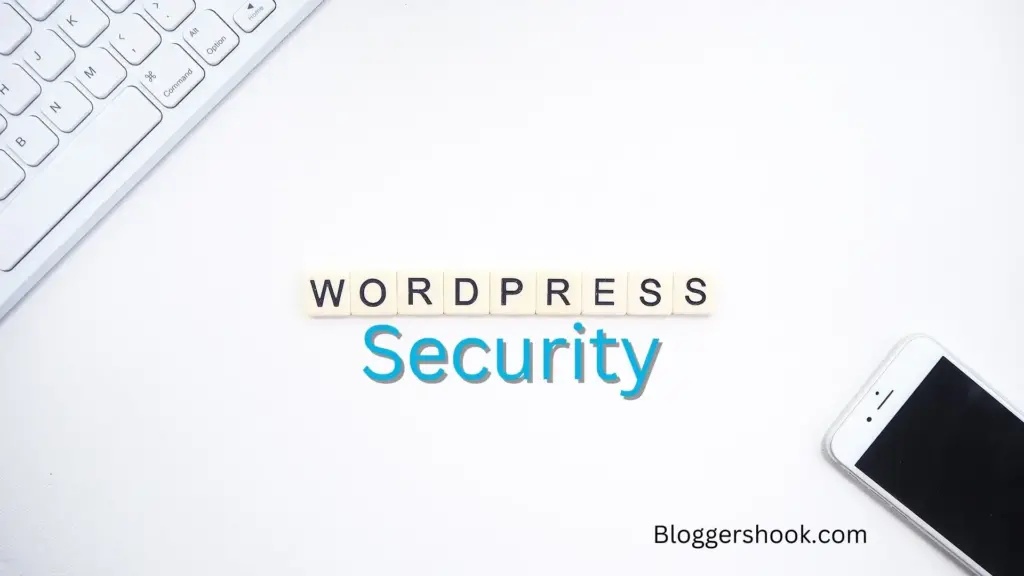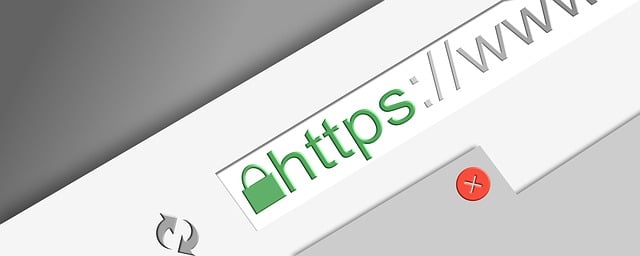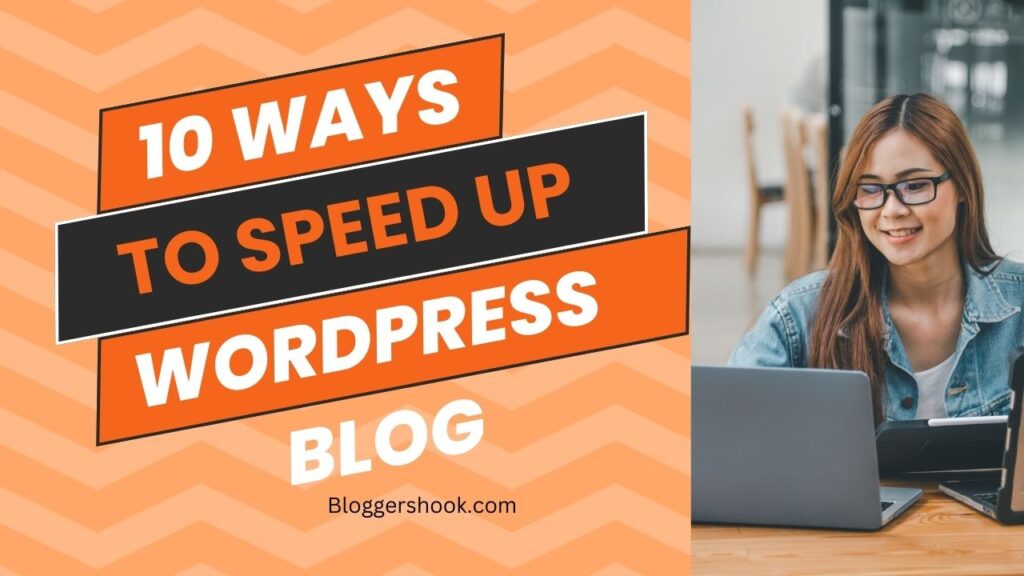In the ever-evolving landscape of cybersecurity, securing your WordPress site has become more critical than ever. With WordPress powering over 40% of the internet, it is a prime target for hackers. This article will guide you through the best practices for securing your WordPress site in 2024, ensuring your site remains safe from threats.

Understanding the Threat Landscape
Before diving into specific security practices, it’s essential to understand the common threats WordPress sites face. These include:
- Brute Force Attacks: Automated scripts attempt to guess your login credentials.
- Malware: Malicious software that can infect your site and compromise data.
- SQL Injections: Hackers insert malicious SQL queries through input fields, compromising your database.
- Cross-Site Scripting (XSS): Malicious scripts are injected into your site’s content.
- Backdoors: Hidden entry points that allow hackers to access your site even after you remove visible malware.
Best Practices for Securing Your WordPress Site
1. Keep WordPress Updated
Regularly updating WordPress, themes, and plugins is crucial. Each update includes security patches that address vulnerabilities. Neglecting updates for your WordPress can leave your site exposed to known exploits.
Action Steps:
- Enable automatic updates for minor WordPress releases.
- Regularly check for and apply updates to plugins and themes.
- Use the Easy Updates Manager plugin to manage updates effectively.
2. Use Strong Passwords and Two-Factor Authentication (2FA)
Weak passwords are a significant vulnerability. Implementing strong passwords and 2FA adds an extra layer of security.
Action Steps:
- Use a password manager to generate and store complex passwords.
- Enable 2FA using plugins like Google Authenticator or Wordfence.
3. Limit Login Attempts
Brute force attacks rely on repeated login attempts. Limiting these attempts can significantly reduce the risk.
Action Steps:
- Use the Limit Login Attempts Reloaded plugin to restrict login attempts.
- Customize the settings to block IP addresses after a specified number of failed attempts.
4. Secure Your Hosting Environment
Your hosting provider plays a crucial role in your site’s security. Opt for a reputable provider that prioritizes security. I always recommend going with InmotionHosting. They are a very fast and secure Web Hosting Provider
Action Steps:
- Choose a host that offers features like regular backups, firewalls, and malware scanning.
- Consider managed WordPress hosting for automatic updates and enhanced security measures.

5. Implement SSL/TLS
An SSL certificate encrypts data transmitted between your site and its visitors, protecting sensitive information.
Action Steps:
- Obtain an SSL certificate from your hosting provider or a trusted certificate authority.
- Use the Really Simple SSL plugin to configure SSL on your site.
6. Regular Backups
Regular backups ensure you can restore your site quickly in case of a security breach.
Action Steps:
- Use plugins like UpdraftPlus or BackupBuddy to schedule automatic backups.
- Store backups in a secure, off-site location.
7. Secure File Permissions
Incorrect file permissions can make your site vulnerable to attacks. Ensure your files and directories have the appropriate permissions.
Action Steps:
- Set directory permissions to 755 and file permissions to 644.
- Use the iThemes Security plugin to check and enforce file permissions.
8. Disable File Editing
WordPress allows administrators to edit theme and plugin files from the dashboard. Disabling this feature prevents hackers from using it to inject malicious code.
Action Steps:
- Add the following line to your
wp-config.phpfile:define('DISALLOW_FILE_EDIT', true);
9. Monitor Your Site for Security Breaches
Regular monitoring can help you detect and respond to security issues promptly.
Action Steps:
- Use security plugins like Wordfence or Sucuri for real-time monitoring and alerts.
- Set up alerts for suspicious activities, such as multiple failed login attempts or changes to core files.
10. Secure Your Database
The WordPress database is a frequent target for hackers. Securing it can prevent unauthorized access and data breaches.
Action Steps:
- Change the default database prefix (
wp_) to something unique. - Use strong passwords for your database user.
- Regularly back up your database.
11. Use Security Headers
Security headers provide an additional layer of security by instructing browsers on how to handle your site’s content.
Action Steps:
- Add the following headers to your
.htaccessfile or through a security plugin:Strict-Transport-Securityfor enforcing secure connections.Content-Security-Policyto prevent XSS attacks.X-Frame-Optionsto prevent clickjacking.X-Content-Type-Optionsto prevent MIME type sniffing.Referrer-Policyto control how much referrer information is shared.Feature-Policyto control which browser features can be used.
12. Install a Web Application Firewall (WAF)
A WAF filters and monitors HTTP traffic between your site and the internet, blocking malicious traffic.
Action Steps:
- Use a service like Cloudflare or Sucuri to set up a WAF.
- Configure the WAF to block common threats and suspicious activities.
13. Implement Least Privilege Principle
Make sure users on your WordPress site should have the minimum permissions necessary to perform their tasks. This limits the potential damage if an account is compromised.
Action Steps:
- Assign user roles carefully and regularly review them.
- Use the User Role Editor plugin to customize user roles and permissions.
14. Regularly Scan for Malware
Malware scans help identify and remove malicious code before it can cause significant harm.
Action Steps:
- Use security plugins like MalCare or Anti-Malware Security and Brute-Force Firewall to perform regular scans.
- Set up automated scans to run daily or weekly.
15. Educate Yourself and Your Team
Staying informed about the latest security threats and best practices is crucial for maintaining a secure site.
Action Steps:
- Follow reputable security blogs and news sources.
- Participate in online forums and communities focused on WordPress security.
- Regularly review and update your security practices based on new information.
Conclusion
Securing your WordPress site in 2024 requires a proactive and comprehensive approach. By following these best practices, you can significantly reduce the risk of your site being compromised.
Regularly updating your site, using strong passwords, limiting login attempts, and implementing additional security measures like SSL, WAFs, and security headers are essential steps to protect your site and its users.
Remember, security is an ongoing process, and staying informed about the latest threats and solutions is key to maintaining a secure WordPress site.


